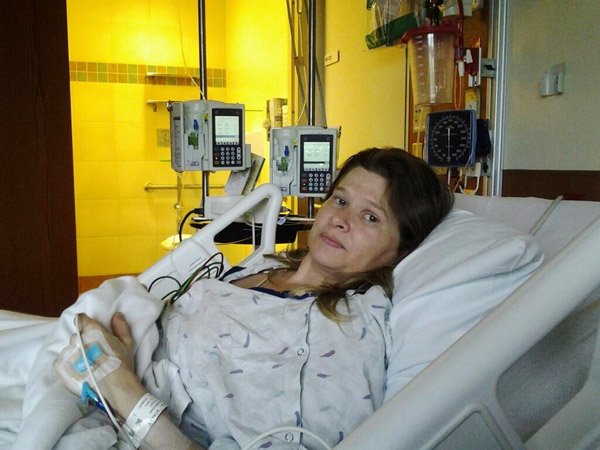
The immune system plays an important role in the heart’s response to injury. But until recently, confusing data made it difficult to distinguish the immune factors that encourage the heart to heal following a heart attack, for example, from those that lead to further damage.
Now, researchers at Washington University School of Medicine in St. Louis have shown that two major pools of immune cells are at work in the heart. Both belong to a class of cells known as macrophages. One appears to promote healing, while the other likely drives inflammation, which is detrimental to long-term heart function.
The study, in mice, is published Jan. 16 in the journal Immunity.
“Macrophages have long been thought of as a single type of cell,” said first author Slava Epelman, MD, PhD, instructor in medicine. “Our study shows there actually are many different types of macrophages that originate in different places in the body. Some are protective and can help blood vessels grow and regenerate tissue. Others are inflammatory and can contribute to damage.”
Macrophages play multiple roles in the body, from digesting dead cells to activating other immune cells against foreign invaders. It was long assumed that all macrophages originate in the bone marrow and circulate in the bloodstream, populating different tissues and responding to threats as necessary.
“Now we know it’s more complicated,” Epelman said. “We found that the heart is one of the few organs with a pool of macrophages formed in the embryo and maintained into adulthood. The heart, brain and liver are the only organs that contain large numbers of macrophages that originated in the yolk sac, in very early stages of development, and we think these macrophages tend to be protective.”
Studying mice, Epelman and his colleagues showed that healthy hearts maintain this population of embryonic macrophages, as well as a smaller pool of adult macrophages derived from the blood. But during cardiac stress such as high blood pressure, not only were more adult macrophages recruited from the blood and brought to the heart, they actually replaced the embryonic macrophages.
“Now that we can tell the difference between these two types of macrophages, we can try targeting one but not the other,” Epelman said. “We want to try blocking the adult macrophages from the blood, which appear to be more inflammatory. And we want to encourage the embryonic macrophages that are already in the heart to proliferate in response to stress because they do things that are beneficial, helping the heart regenerate.”
Epelman points out a developmental reason that embryonic macrophages might encourage healing.
“Since they originate in the embryo, it makes sense that these macrophages appear to do things that are good for the developing embryo — helping growth, blood vessel formation, organization and structure, and eating up dead and dying cells,” Epelman said.
It follows then that adult macrophages originating in the bone marrow and circulating in the blood might be better equipped to respond to infection, and therefore specialize in triggering an inflammatory response.
The complex interplay between these immune cells in the heart may provide an explanation for why some people experience healing following a heart attack but others don’t. Patients with diabetes, for example, don’t heal well following injury to the heart.
“We know there’s a link between diabetes and poor recovery of heart function,” Epelman said. “And a link between diabetes and altered function of macrophages. We knew these links existed, we just haven’t been able to put it all together. We want to know what happens to macrophages in times of cardiac stress, how this changes the balance between the cell types and whether we can influence that balance.”
While this research is still in the early stages, the current study is a starting point for finding ways to improve treatment for chronic heart problems.
“Long-established heart failure doesn’t recover,” Epelman said. “But in the first few months after injury, there’s a real potential to impact the heart’s recovery.”
The study done by Washington University in St. Louis.